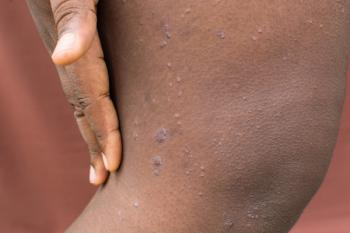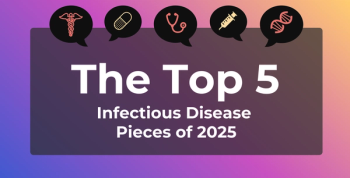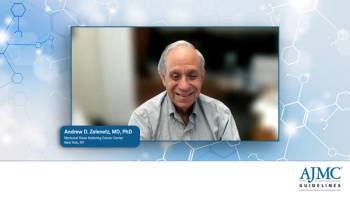
Identifying the Risk of Neurotoxicity After CAR T-Cell Therapy
A significant number of patients who undergo chimeric antigen receptor (CAR) T-cell therapy will experience severe neurotoxicity. A new study could help doctors better predict which patients are at risk.
New research could help doctors better predict which patients are most likely to suffer from neurotoxicity following chimeric antigen receptor (CAR) T cell therapy.
However, neurotoxicity occurs later—usually about a week after infusion—and Rubin and colleagues said it can be difficult to predict which patients will suffer from neurotoxicity and how severe it might be.
Rubin told The American Journal of Managed Care® that some factors predictive of neurotoxicity have been published, and clinicians have also come up with predictive factors based on their own experience.
“But what we haven't had, and what our work aims to provide, is a way to quantify this clinical intuition,” he said.
Rubin and colleagues recruited 204 patients, most of whom (127) were men, with an average age of 60 years. The patients were split into 2 cohorts: 126 were in the derivation cohort and the remaining 78 were placed in an internal validation cohort.
In both cohorts, nearly 6 in 10 patients experienced neurotoxicity. The authors used the larger cohort to derive a score indicative of an individual’s likelihood of experiencing neurotoxicity. They then applied the score to the internal validation cohort, and found that the score had an area under the curve of 74%, an accuracy of 77%, a sensitivity of 82%, and a specificity of 70%.
Rubin said he believes the score could have important implications for both clinical practice and clinical trials. He said doctors could use the score to more quickly identify neurotoxicity symptoms, possibly allowing them to intervene before the symptoms become severe. It could also benefit low-risk patients, who could potentially be spared certain treatments or be discharged from the hospital sooner, he said.
In terms of clinical trials, Rubin said the score could be used to design more effective trials.
“For example, consider an investigator studying a new intervention designed to prevent or mitigate neurologic complications from CAR T cell therapy,” he said. “By being able to identify patients at high risk, the investigator could use this tool to enroll a patient population more likely to benefit from their proposed intervention.”
Rubin said the factors identified as predictive of neurotoxicity in his study were not particularly surprising, though he said it was interesting to see which factors appeared to be most important.
“For example, we often think of high serum CRP levels as a major predictor of neurotoxicity,” he said, “but in the analysis, having a high temperature actually carried more weight in the model.
Rubin said he hopes tools like the score derived in this study will help clinicians and investigators “recalibrate” their clinical intuition based on these new data-driven insights.
Reference
Rubin DB, Al Jarrah A, Li K, et al. Clinical predictors of neurotoxicity after chimeric antigen receptor T-cell therapy. JAMA Neurol. Published online August 10, 2020. doi:10.1001/jamaneurol.2020.2703
Newsletter
Stay ahead of policy, cost, and value—subscribe to AJMC for expert insights at the intersection of clinical care and health economics.







































